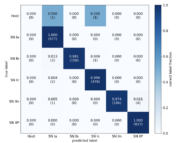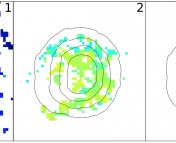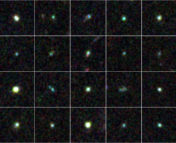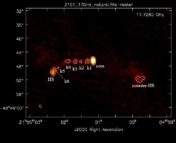The Undergraduate Research series is where we feature the research that you’re doing. If you are an undergraduate that took part in an REU or similar astro research project and would like to share this on Astrobites, please check out our submission page for more details. We would also love to hear about your more general research experience!

Yuxin Dong
Northwestern University
This guest post was written by Yuxin (Vic) Dong, a first-year astronomy PhD student at Northwestern University. She completed this research at Purdue University as her independent project under the guidance of Prof. Danny Milisavljevic.
Calcium-rich (Ca-rich) transients are a peculiar subclass of supernovae (SNe) that are known for their comparatively rapid evolution, modest peak luminosities, and strong nebular calcium emission lines. Their spectra strongly resemble those of stripped-envelope Type Ib/c SNe, pointing to a young and massive star origin which undergoes a core-collapse explosion. However, their remote location and large offsets from elliptical galaxies suggest a resemblance to Type Ia supernovae (Fig. 1), which are instead products of thermonuclear detonations of old white dwarfs. Given the origin of Ca-rich transients still remains unknown, we investigated the host environments of all known Ca-rich transients to place more stringent constraints on the progenitor systems of Ca-rich transients. Although Ca-rich transients make up only a small fraction of all SN events, knowing their progenitor systems of Ca-rich transients will be a key step in understanding their true roles in enriching galaxies and the intergalactic medium.
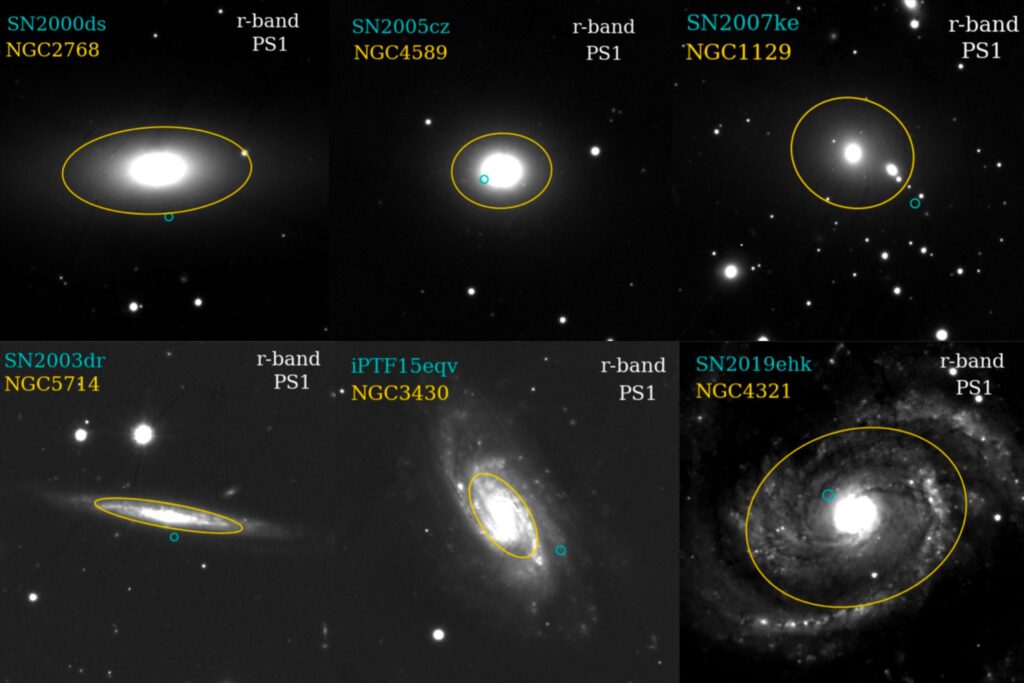
To model the stellar population properties of each host galaxy, we utilized both a parametric and a nonparametric model within the stellar-inference framework called Prospector to describe the star formation history (SFH) with different parameter assumptions and flexibilities. We estimated several galaxy parameters including integrated star formation rate, stellar mass, metallicity, and age. Using publicly available multi-wavelength observations of each host galaxy ranging from Far-UV to IR, we were able to construct the spectral energy distribution (SED) and examine the effect of stellar population properties on the shape of the SED and obtain a realistic mass distribution and age for the entire stellar population by analyzing the star formation rate as a function of time. Our work supports the notion that the population of Ca-rich transients do not come exclusively from core-collapse explosions and must either be only from white dwarf stars or a mixed population of white dwarf stars with other channels, potentially including massive star explosions.
Astrobite edited by: Mitchell Cavanagh

